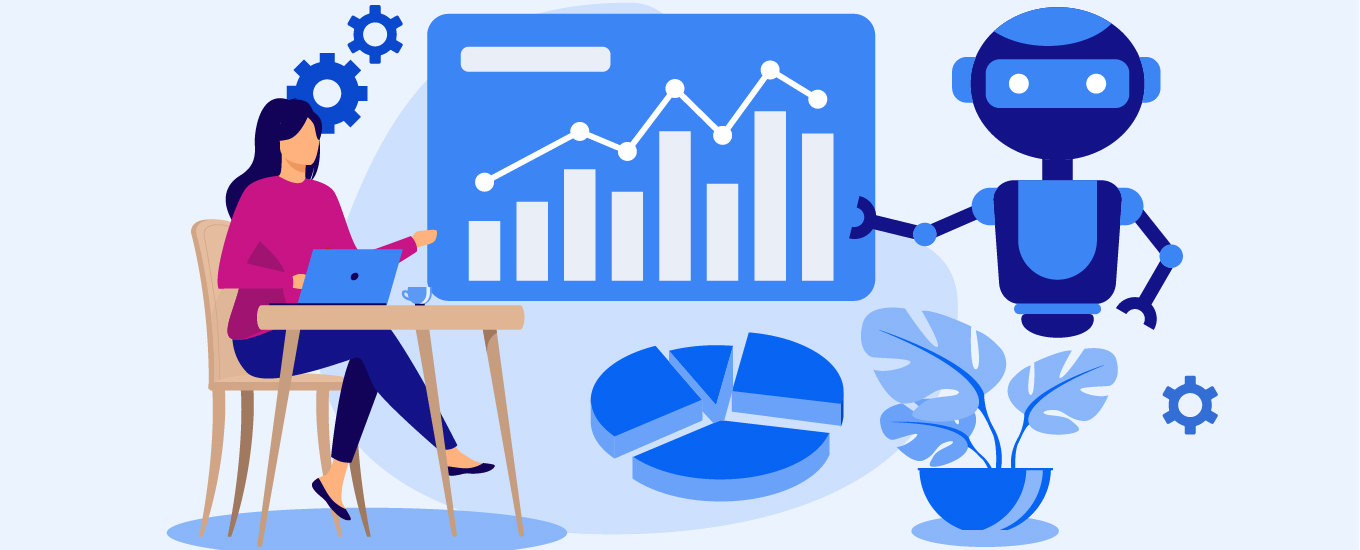Generative AI: Adoption versus Doom and Gloom

Generative AI is getting a black eye. Actually, two back eyes. And some deep cuts on the nose. On March 29, a group of high-profile technology pundits signed a public letter calling for an immediate “pause for at least 6 months the training of AI systems more powerful than GPT-4.” The missive became viral just as Goldman Sachs predicted that 300 million jobs could be affected by generative AI. It’s important to listen to all views. But it’s also important to put them in perspective. AI is not going away. Businesses need to adopt it in a mindful way.
A pendulum is swinging dramatically in the court of public opinion. Some first movers and pundits jumped in blindly with generative AI before the advantages and pitfalls were fully discussed. But the prophets of gloom and doom are swinging the pendulum in another direction that is equally extreme if not more so.
Here’s our take:
- Generative AI is not going away. Nor is it going to be put on pause. The train has left the station because the technology is such a breakthrough.
- It’s always dangerous to predict the impact of emerging technologies. In the early days of the internet, there were many predictions about its impact on job loss and the mass closure of businesses such as brick-and-mortar stores, with retail jobs being eliminated. But of course, the rise of digital has been complicated and nuanced, and the many benefits of digital were not known. Ironically the retail industry is facing a labor shortage, a result of complex economic factors, but showing that the economic reality is never straightforward.
- Generative AI is in its infancy. It is far too early to make predictions about specific jobs affected as well as the many upsides it will provide (and has already provide) to those who have been adopting it. The gains in worker productivity are unknown and should not be overstated. But the potential disruptions should not be overstated, either. We just don’t know yet.
- Human beings are adaptable. Adaptability is why human beings, and not cats and dogs, have learned how to build cities, govern nations, and sustain ourselves. As Alex Kantrowitz, host of the Big Technology podcast, wrote, “The notion that 300 million people could lose their jobs due to the latest wave of AI sounds preposterous to me . . . instead of worrying AI will replace me, I'd spend the energy learning to use it.”
Generative AI is not competing with the human mind. It’s still augmenting what people can do by defniition. As scholars Noam Chomsky, Ian Roberts and Jeffrey Watumull wrote in a recent New York Times editorial, “The human mind is not, like ChatGPT and its ilk, a lumbering statistical engine for pattern matching, gorging on hundreds of terabytes of data and extrapolating the most likely conversational response or most probable answer to a scientific question. On the contrary, the human mind is a surprisingly efficient and even elegant system that operates with small amounts of information; it seeks not to infer brute correlations among data points but to create explanations.
This is not a time to be a Pollyanna. Blind optimists get burned by reckless mistakes. Nor is it a time to be Eeyore, the pessimistic donkey from Winnie the Pooh who always saw the worst in things. Pessimists allow fear to hold them back from growing. They get left behind. No, it’s a time for embracing AI but in a level-headed, informed way: eyes wide open.
Meanwhile, the conversation about the risks and pitfalls of AI could become a matter for the public sector, ultimately. For example, the European Union is considering far-reaching legislation on artificial intelligence. The proposed Artificial Intelligence Act would classify AI systems by risk and mandate various development and use requirements. Stay tuned.
We believe in adopting AI responsibly in a human-centered way, and we’re working with businesses already to do that. To learn more, contact us.
